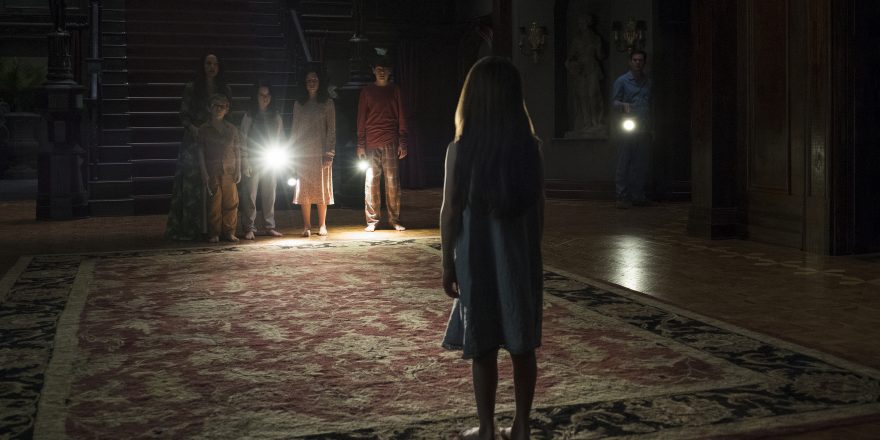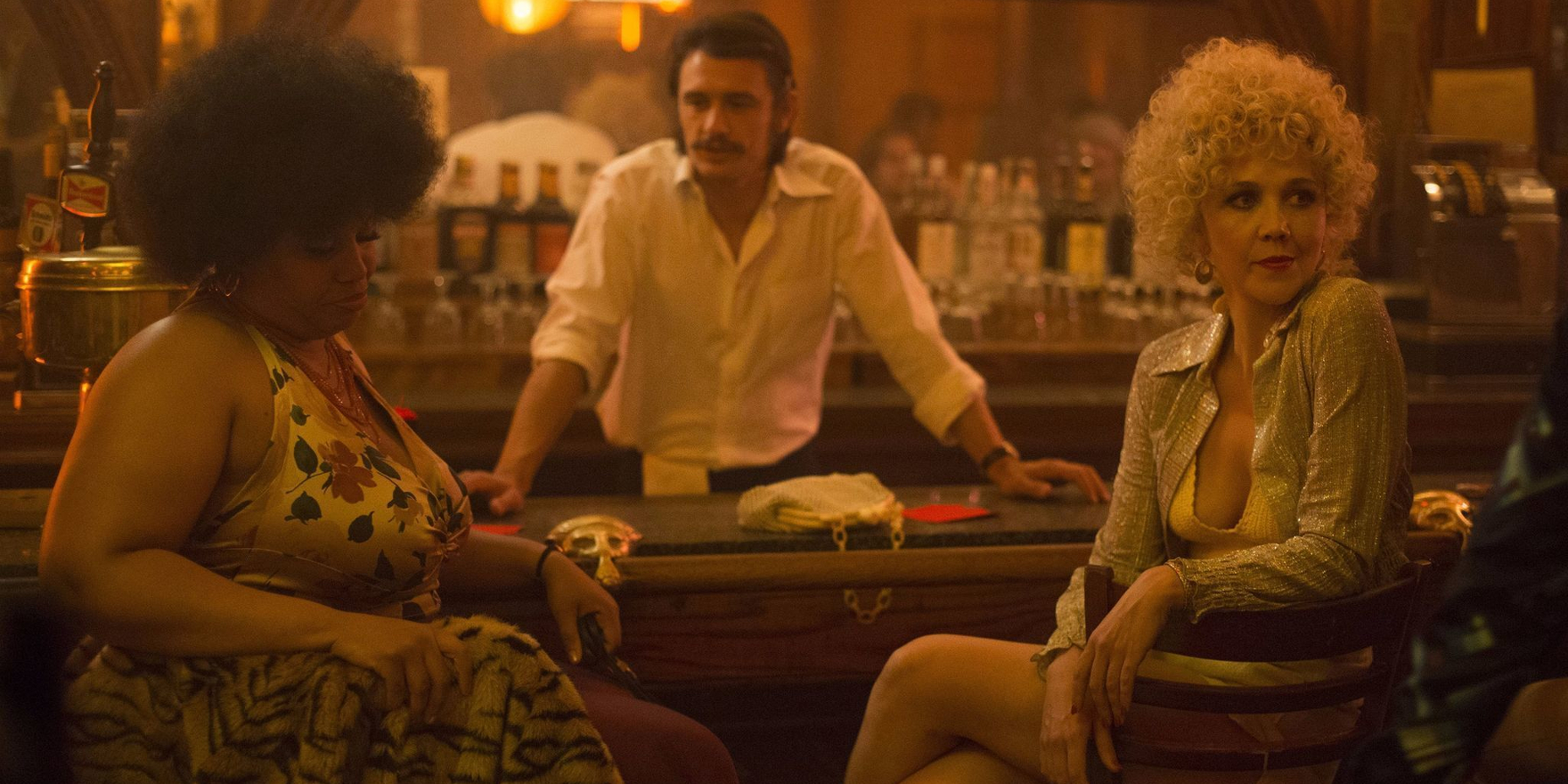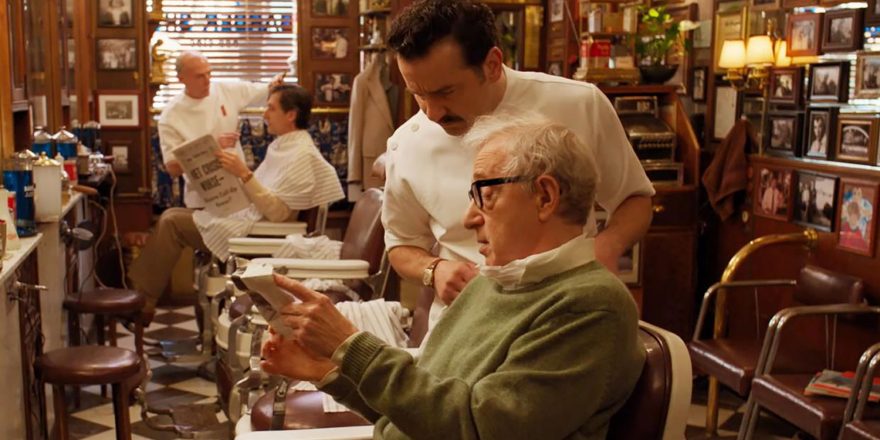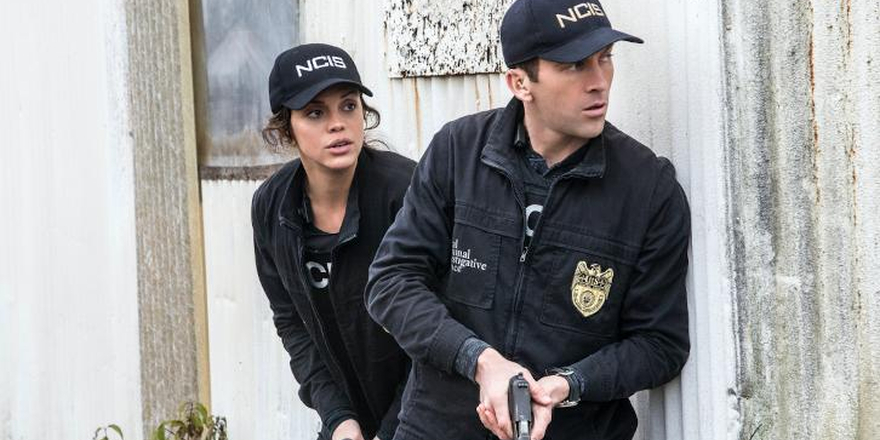Another year, another Top 10 list – and another set of disclaimers. As usual, this is more a list of 10 favorites than the 10 “best,” since even a human being who spends as many hours in front of screens as I do is incapable of keeping up with more than a sliver of what currently airs on television and streaming services. Also, if I’ve written about a show for this column before I didn’t include it on the list; I wanted to give some love to programs not previously covered in “Second Screen,” but you can assume that most of the series I’ve celebrated here would stand alongside the following as favorites for 2018. Disclaimers behind me, here’s my Top 10 list for 2018:
Adam Sandler: 100% Fresh
Steve Brill’s concert film is one of the best of its kind not just among the recent wave of Netflix comedy specials, but in the history of performance movies. As funny as Richard Pryor: Live in Concert and as visually graceful as Stop Making Sense and Swimming to Cambodia, this 73-minute document of Adam Sandler’s recent concert tour is no mere recording; jumping between venues and formats (including a 35mm section photographed by none other than Paul Thomas Anderson) with an expressive editing style that matches Sandler’s idiosyncratic rhythms, Brill finds the precise cinematic language with which to convey the pleasures of Sandler’s live show. And those pleasures are considerable, thanks to some of the comedian’s best material in years, written by Sandler himself with an assist from Paul Sado and Dan Bulla. Sado and Bulla also collaborated with Sandler and Brill on Sandy Wexler, which I celebrated in a Talkhouse piece last year; with its boisterous combination of observational humor, off-the-wall surrealism and juvenile (and hilarious) profanity, 100% Fresh is just as good, maybe even better.
Dear White People
In its second season, Justin Simien’s uproarious and insightful satire obliterates clichés and conventional thinking with surgical precision, cutting through the mental and ideological clutter of our social media-saturated age to concisely penetrate the contradictions and biases inherent in the ways all of us view race, gender and speech, and how all are related to power and class. Simien and his collaborators (special attention must be paid to editors Phillip J. Bartell and Omar Hassan-Reep and their faultless modulation of tone) have achieved something miraculous: they’ve managed to accurately satirize the outrageous moment we’re all currently living in, an age that often seems so inherently absurd to begin with that it is impossible to parody. Beyond the brilliance of the writing, Dear White People also boasts some of the finest visual storytelling in television; the direction is as purposeful and stylish as the writing, with every shot as carefully chosen, constructed, and dense as every line of dialogue. Kimberly Peirce’s episode, the fourth in season two, is a particular standout – her ability to compose images that simultaneously express character and theme and serve as ruthlessly effective delivery systems for the jokes is extraordinary.
Dynasty
Like Dear White People, this CW reboot of an ’80s guilty pleasure consistently utilizes the talents of some of the most gifted directors in television; just check out Norman Buckley’s “Promises You Can’t Keep” episode for a masterclass in how to use architecture and composition to illuminate and deepen the drama. Buckley, who cut his teeth directing two of my favorite shows of all time, The O.C. and Gossip Girl, brings the same careful modulation of tone he exhibited on those series to Dynasty, where he strikes just the right note between sly irony and heightened soap opera. The performances and writing on the series pull off the same tricky balance with noteworthy consistency thanks to showrunner Sallie Patrick and co-creators Stephanie Savage and Josh Schwartz (like Buckley, veterans of The O.C. and Gossip Girl), who have updated the original Dynasty for the age of the Trumps and Kardashians with enthusiasm and wit and an appropriately juicy sense of the absurd. The show is elegant and trashy in equal measures, with extravagant but expertly calibrated production design and sumptuous lighting that invite the viewer to revel in the characters’ indulgences and excesses at the same time that the show is indicting them with wicked glee. For sheer unadulterated entertainment, it’s tough to beat.
Eli Roth’s History of Horror
My favorite contemporary horror director creates a seven-part love letter to the genre that does something I would have thought impossible, serving as an accessible crash course for novices that’s also richly satisfying for those of us who have spent way too many hours of our lives watching horror movies. The movies Roth (who serves as host and executive producer) and writer-director Kurt Sayenga cover are mostly familiar classics (Night of the Living Dead, The Exorcist, A Nightmare on Elm Street, etc.), but the insights and context provided by the show’s interviewees are consistently fresh and often funny, and always infectious in their enthusiasm – I defy anyone who loves this genre to watch any given episode of History of Horror without immediately throwing on one of the movies that’s been discussed. Roth and Sayenga’s selection of guests is impeccable, ranging from veteran horror authors and auteurs like Stephen King, John Landis and Joe Dante, to new-wave masters Jordan Peele, Karyn Kusama and Rob Zombie, with several articulate film scholars like Amanda Reyes thrown in for good measure. The result is pure gold for horror fans and film historians.
The Haunting of Hill House
Speaking of great horror, Mike Flanagan’s 10-hour reimagining of Shirley Jackson’s supernatural classic is a new milestone in the genre, a masterpiece to stand alongside Psycho, Night of the Living Dead and The Shining. Like all of those films, it completely reconceives the genre and thrusts it forward, revealing potential we never realized was there and thus opening up a world of new possibilities for other horror filmmakers. Flanagan so completely reinvents the ghost story – without losing sight of its primal gratifications – that I suspect in years to come his limited series will be as influential on a new generation of horror directors as Halloween, Poltergeist and Scream were in their respective eras. The Haunting of Hill House (above) has been justly celebrated for its many formal innovations – the exquisitely choreographed long takes, the almost inhumanly elaborate and effective structure, etc. – but ultimately what distinguishes it is Flanagan’s genuinely serious attempt to consider the psychic trauma of ghosts of all kinds. These characters are truly, heartbreakingly haunted and taken with the utmost seriousness, ultimately making The Haunting of Hill House one of the most empathetic works of horror ever, as well as one of the scariest.
Legacies
Julie Plec follows up her smart and stylish The Originals with the third installment in the Vampire Diaries franchise, and instead of running the mythology into the ground she seems more energized and inspired than ever. Combining elements of Buffy the Vampire Slayer, X-Men, Harry Potter and many other beloved films and shows – yet, amazingly, never feeling derivative or overly beholden to any of its influences – Legacies follows the students at a school for the supernaturally gifted and jams an astonishing amount of action, romance, comedy, teen angst, and horror into each episode. Plec’s economy of expression has always been her greatest strength; she’s capable of having more incident and emotion in any given hour than most shows manage in an entire season. Yet her material never feels rushed, and in Legacies she has ambitiously incorporated a procedural element into the premise that, instead of overstuffing the universe, only exploits Plec’s strengths as a master of both plot and characterization. For all its ambition, Legacies is the liveliest and lightest on its feet of all Plec’s series – it has a casual, inviting tone that draws you in just before it scares, affects and provokes you with remarkable skill. Hitchcock used to say that he liked to play his audience like a piano; so does Julie Plec, but she’s so clever and subtle in her techniques that it never feels like manipulation.
Life in Pieces
How this superbly written and acted comedy series, a beautifully observed portrait of multigenerational family life that has made it through three seasons without a single clichéd or imperfect episode, hasn’t been given every award in existence is totally beyond me. The comic timing is flawless, the emotional moments completely earned, and the structure ingenious; creator Justin Adler’s central conceit – that each episode is made up of four short stories, each focusing on a different branch of the same extended family – creates a rich tapestry of perspectives and allows the gags to build in completely different ways from what we’ve seen in decades of network comedies. The cast, which includes James Brolin, Dianne Wiest, Zoe Lister-Jones, Colin Hanks, Thomas Sadoski, Betsy Brandt and Dan Bakkedahl, is uniformly excellent, never pushing too hard for the laughs and therefore eliciting even bigger ones, and their ability to turn from comedy to poignancy on a dime is consistently impressive, and consistently touching in a way many network shows aim for but few achieve.
Magnum, P.I.
Writer-producer Peter Lenkov makes it three for three with this exhilarating action series that serves as a case study in how to remake something; like Lenkov’s Hawaii Five-0 and Macgyver reboots, Magnum, P.I. understands and preserves the pleasures of its source material while completely reinventing and expanding upon them. The show is both a great star vehicle and a winning ensemble piece, with an incredibly charismatic Jay Hernandez at the center of a collection of warm and high-spirited friendships; perhaps the show’s most effective change from the original is making John Hillerman’s Higgins a woman, played here by Perdita Weeks with abundant intelligence, exuberance and charm. Lenkov and co-creator Eric Guggenheim’s writing of Magnum and Higgins’ scenes together ranks with the sharpest, most delightful banter of Moonlighting in its heyday, and they and their writing staff are as deft with the show’s action as they are with the character-driven comedy. The action sequences are jaw-dropping in their scale and inventiveness, not only conceptually but in terms of their visual execution; among other things, this show boasts some of the best stunt work I’ve come across in any TV show or movie this year. Kinetic and intense without ever losing its nimble, breezy appeal, Magnum, P.I. secures Lenkov’s place as one of the most talented TV storytellers of his generation.
The Resident
In the 1980s and early ’90s, writer-director Amy Holden Jones was one of the most interesting voices in American film, and one of the most eclectic; her resumé included everything from a witty and subversive slasher film (Slumber Party Massacre) and a profoundly moving domestic drama (Love Letters) to major studio genre pictures infused with incisive social commentary and sophisticated plotting (Rich Man’s Wife and the Adrian Lyne-directed Indecent Proposal, which Jones wrote). When the film industry changed and Jones’ brand of grown-up entertainment fell out of fashion, she moved over to television, and television is richer for it: The Resident, which Jones created with Hayley Schore and Roshan Sethi, is a riveting medical drama that seamlessly integrates the writers’ palpable (and contagious) rage about the realities of America’s current health care system with skillfully crafted and acted melodrama. As addictive as it is thoughtful and as infuriating and suspenseful as it is engaging and funny, this is network TV operating at its highest potential on every level.
Who is America?
Fearless, tasteless, cruel, bleak, confrontational and absolutely brilliant, Sacha Baron Cohen’s State of the Union address in the form of a nihilistic prank show is infinitely more unsettling and horrifying than anything in The Haunting of Hill House. It’s also, at times, deeply satisfying, as Cohen eviscerates deserving targets like Roy Moore and Dana Rohrabacher without mercy, using their ignorance and self-absorption as lethal weapons that he turns against them to hysterical results. A coarse, angry series for a coarse, angry nation, Who is America? is the show our culture deserves and needs more than any other. Side note: if you’ve only seen Who is America? on its initial airing, I highly recommend the DVD, which includes extended interviews and deleted scenes; moments like the gun enthusiast demonstrating how to break a six-year old girl’s neck are essential viewing – hilarious and mortifying and revelatory.







